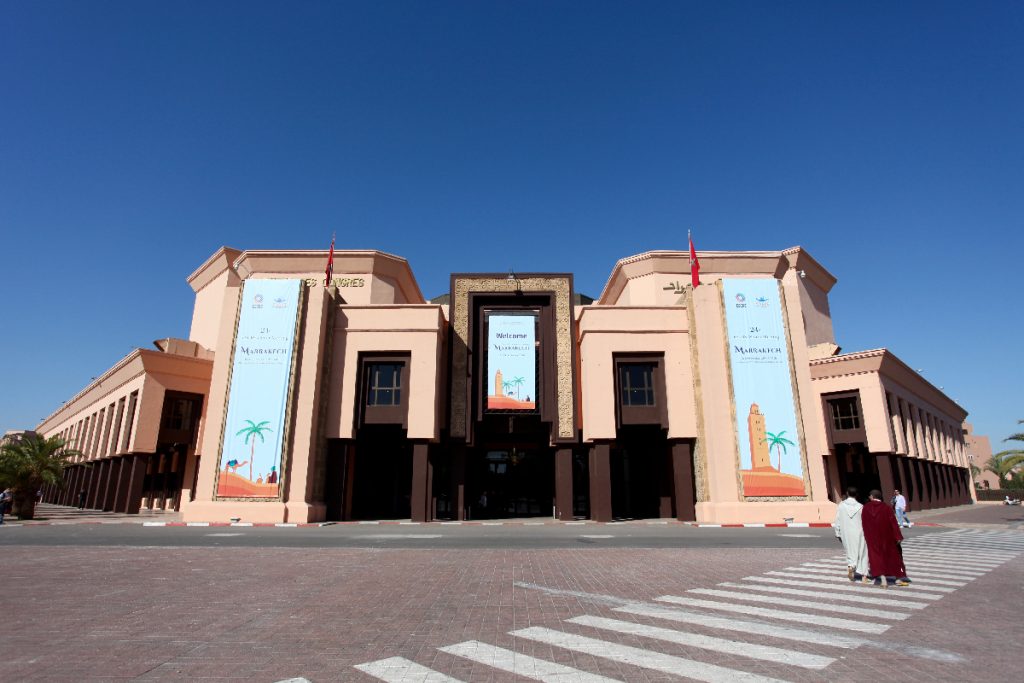Medicine in Morocco
Professor Mouhcine El Bakkali looks at the past and present of the speciality

Mouhcine El Bakkali
Published: Saturday, February 22, 2020
 Moroccan ophthalmology dates back more than a century with the generation of founders such as Dr A. Boutaleb, Dr A. Berbich, Dr A. Sekkat, and it is well established in the history of modern Morocco.
In the past, ophthalmologists in Morocco did most of their training in France. Bab Lakhmiss eye hospital was the first ophthalmological hospital to be built in the City of Salé in 1937, and then most of those ophthalmologists started practising in the cities of Rabat and Casablanca.
Morocco was a leader in the African continent and in the Arab world in the field of corneal transplantation. It had the first eye bank in Africa and in the Arab world, founded in 1905 by A. Boutaleb.
The parent society of the Moroccan Society of Ophthalmology was founded in 1958.
The other scientific societies of ophthalmology are:
SAMIR (The Moroccan Society of Refractive Surgery and Implantology)
AMSOP (the Moroccan Association of Strabology and Ophthalmic Pediatrics)
SMR (the Moroccan Society of Retina)
SMOC (the Moroccan Society of Contactology)
SMG (the Moroccan Glaucoma Society)
These societies participate in medical training and in the promotion of Moroccan ophthalmology by forming partnerships with Arab and European ophthalmologic societies.
University and postgraduate medical training in Morocco has experienced a real evolution; it passed from two university hospitals in the 1970s (Rabat and Casablanca) to 10 in 2020, two of which are international universities that receive foreign students from African and Arab countries.
Thanks to the efforts of the Ministry of Health, the authorities and to the involvement of NGOs such as: FHO, AMMS, ANNOUR, AYNI and more, Morocco succeeded in its challenge to eradicate blinding trachoma in 2005 and significantly reduced blinding cataract by organising mobile caravans in remote areas.
Moroccan ophthalmology has reached a level equalling that of in Europe with about 2,000 ophthalmologists for 37 million inhabitants; with about 100 ophthalmologists graduating per year.
Moroccan ophthalmologists have made significant contributions by actively participating in international congresses organised by ESCRS, AAO SFO and PANARABE.
The Kingdom of Morocco, with its commitment to promoting peace, tolerance and scientific research, will remain a bridge of exchange between Europe, Africa and the Arab world.
Medicine in Morocco dates back many centuries with prominent figures like Ibn Rochd and Al Antaki. This rich heritage will be perpetuated by the next generation of young ophthalmologists.
All my thanks to Pr Amraoui, Pr Rafî and Pr Zaghloul
Moroccan ophthalmology dates back more than a century with the generation of founders such as Dr A. Boutaleb, Dr A. Berbich, Dr A. Sekkat, and it is well established in the history of modern Morocco.
In the past, ophthalmologists in Morocco did most of their training in France. Bab Lakhmiss eye hospital was the first ophthalmological hospital to be built in the City of Salé in 1937, and then most of those ophthalmologists started practising in the cities of Rabat and Casablanca.
Morocco was a leader in the African continent and in the Arab world in the field of corneal transplantation. It had the first eye bank in Africa and in the Arab world, founded in 1905 by A. Boutaleb.
The parent society of the Moroccan Society of Ophthalmology was founded in 1958.
The other scientific societies of ophthalmology are:
SAMIR (The Moroccan Society of Refractive Surgery and Implantology)
AMSOP (the Moroccan Association of Strabology and Ophthalmic Pediatrics)
SMR (the Moroccan Society of Retina)
SMOC (the Moroccan Society of Contactology)
SMG (the Moroccan Glaucoma Society)
These societies participate in medical training and in the promotion of Moroccan ophthalmology by forming partnerships with Arab and European ophthalmologic societies.
University and postgraduate medical training in Morocco has experienced a real evolution; it passed from two university hospitals in the 1970s (Rabat and Casablanca) to 10 in 2020, two of which are international universities that receive foreign students from African and Arab countries.
Thanks to the efforts of the Ministry of Health, the authorities and to the involvement of NGOs such as: FHO, AMMS, ANNOUR, AYNI and more, Morocco succeeded in its challenge to eradicate blinding trachoma in 2005 and significantly reduced blinding cataract by organising mobile caravans in remote areas.
Moroccan ophthalmology has reached a level equalling that of in Europe with about 2,000 ophthalmologists for 37 million inhabitants; with about 100 ophthalmologists graduating per year.
Moroccan ophthalmologists have made significant contributions by actively participating in international congresses organised by ESCRS, AAO SFO and PANARABE.
The Kingdom of Morocco, with its commitment to promoting peace, tolerance and scientific research, will remain a bridge of exchange between Europe, Africa and the Arab world.
Medicine in Morocco dates back many centuries with prominent figures like Ibn Rochd and Al Antaki. This rich heritage will be perpetuated by the next generation of young ophthalmologists.
All my thanks to Pr Amraoui, Pr Rafî and Pr Zaghloul